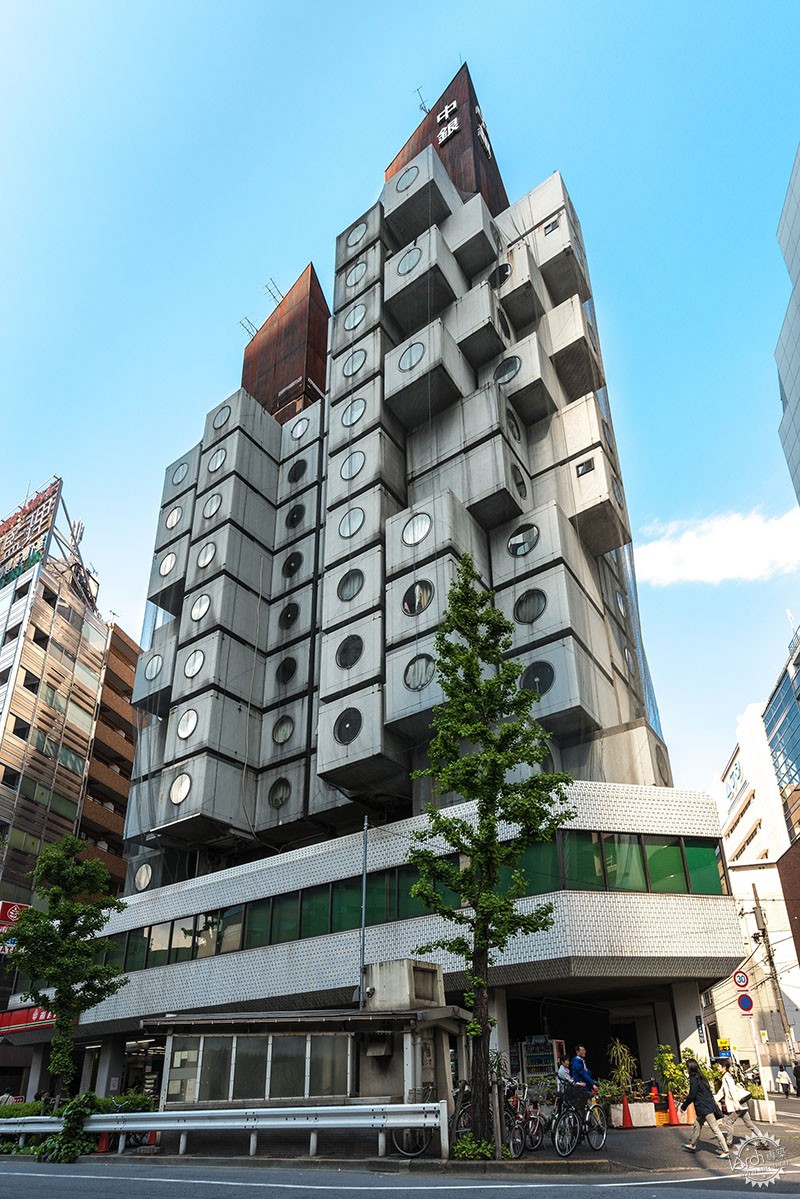
东京中银舱体大楼/Nakagin Capsule Tower, Tokyo. Image © Wikimedia user Jordy Meow licensed under CC BY-SA 3.0
关注焦点:黑川纪章
Spotlight: Kisho Kurokawa
由专筑网芮万里,严越编译
黑川纪章(1934年4月8日——2007年10月12日)是日本20世纪的领袖建筑师之一,尤其是他作为20世纪60年代“新陈代谢”组织的创始人之一而被人们所知晓。
纵观他整个职业生涯历程,黑川纪章提倡一种以哲学的方法去理解建筑,他的这一思想通过他一生所完成的项目可以得到证明。
Kisho Kurokawa (April 8th 1934 – October 12th 2007) was one of Japan's leading architects of the 20th century, perhaps most well-known as one of the founders of the Metabolist movement of the 1960s.
Throughout the course of his career, Kurokawa advocated a philosophical approach to understanding architecture that was manifest in his completed projects throughout his life.
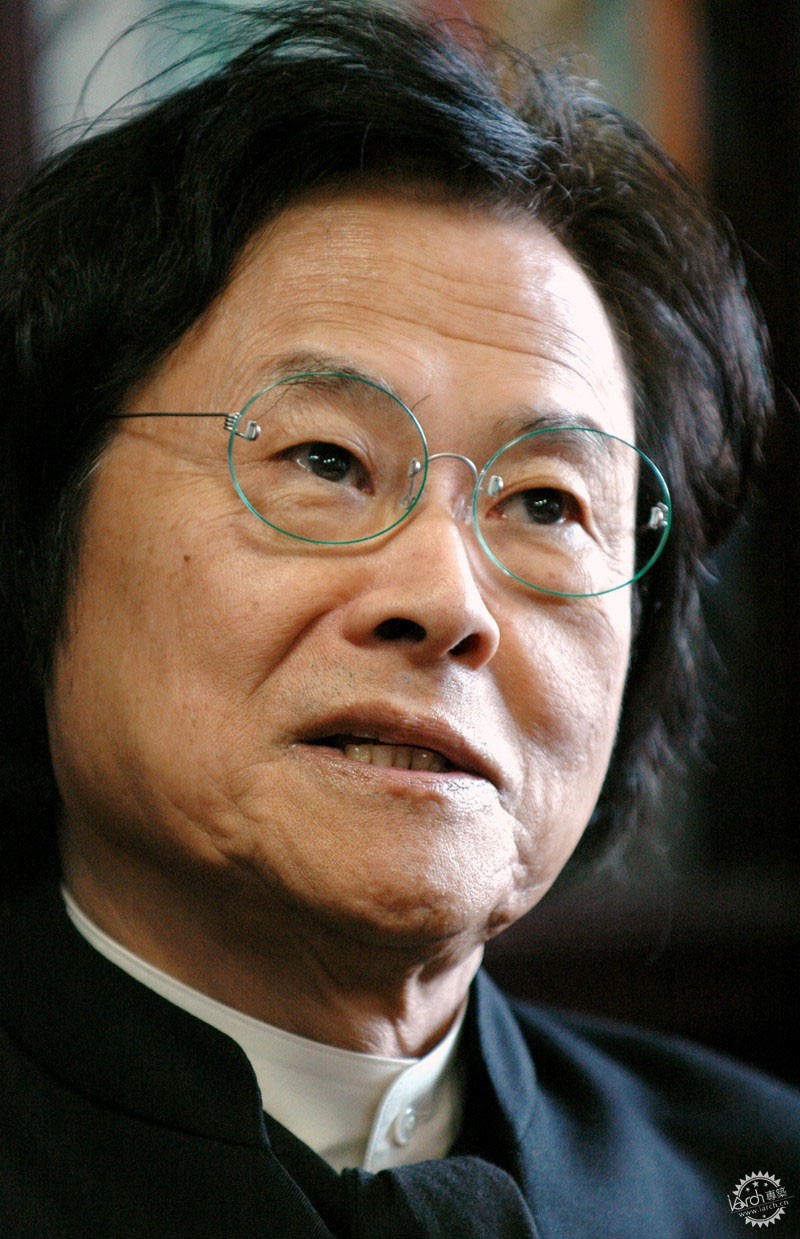
Image via ritsumei.ac.jp
1959年,在东京大学的日本建筑大师丹下健三门下完成学业之后,黑川纪章帮助促成了新陈代谢流派,这是一个包括菊竹清训和槙文彦的小组,当然,里边也包括了丹下健三,他同时作为小组里的成员和中心成员。
“新陈代谢”组织的原则围绕着无常和变化的思想,并且正如名称一样,该组织致力于从自然的过程中找寻更多同建筑城市的相同点。
这些思想在1959年最终发展为CIAM的建筑师的整体理念同时也是反思,并举办了最终会议。
After completing his studies at the university of Tokyo under Japanese master Kenzo Tange in 1959, Kurokawa helped to establish the Metabolist movement, a loosely-affiliated group including Kiyonori Kikutake and Fumihiko Maki, with Tange himself connected to the group as both a member and a mentor.
The principles of the Metabolists revolved around ideas of impermanence and change, and as the name suggests the movement was intended to have more in common with natural processes.
These ideas were developed to be an elaboration of—and also a reaction to—the principles of the architects affiliated with CIAM, which had its final meeting in 1959.
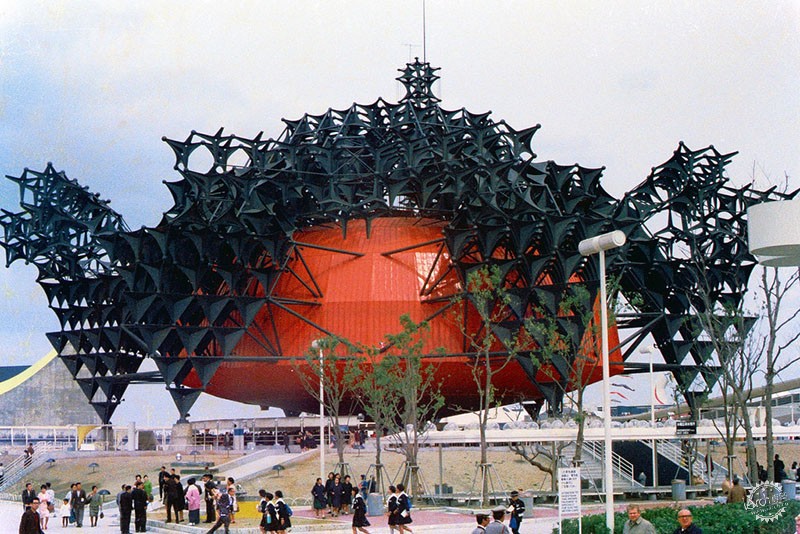
1970年大阪世博会/Toshiba-IHI Pavilion at the 1970 Osaka Expo. Toshiba-IHI Pavilion, Image © Flickr user m-louis licensed under CC BY-SA 2.0
黑川纪章发表评论说新陈代谢学组织的思想是受到一种日本建筑理念的启发。
事实上,日本的大多数建筑都是木质的,这也就意味着第二次世界大战中的破坏彻底抹杀了日本的城市——至少和西方的建筑相比,他们建筑的遗址至少还留有砖石。
这一结论,结合在日本自然灾害发生的频率,这也意味着日本人已经习惯从零开始建设城市,这样的观察导致了黑川纪章将新陈代谢描述成为“是一种对存在的不确定,是对有形的缺乏信心,对永恒的怀疑。”
Kurokawa commented that the ideals of the Metabolists were inspired by a Japanese conception of building.
In particular, the fact that most Japanese buildings were timber meant the devastation of the Second World War completely obliterated cities in Japan—at least compared to Western cities where, at the very least, stone or brick remnants remained where buildings once stood.
This observation, combined with the frequency of natural disasters in Japan, has meant that the Japanese are used to rebuilding cities from scratch, leading to what Kurokawa described as "an uncertainty about existence, a lack of faith in the visible, a suspicion of the eternal."
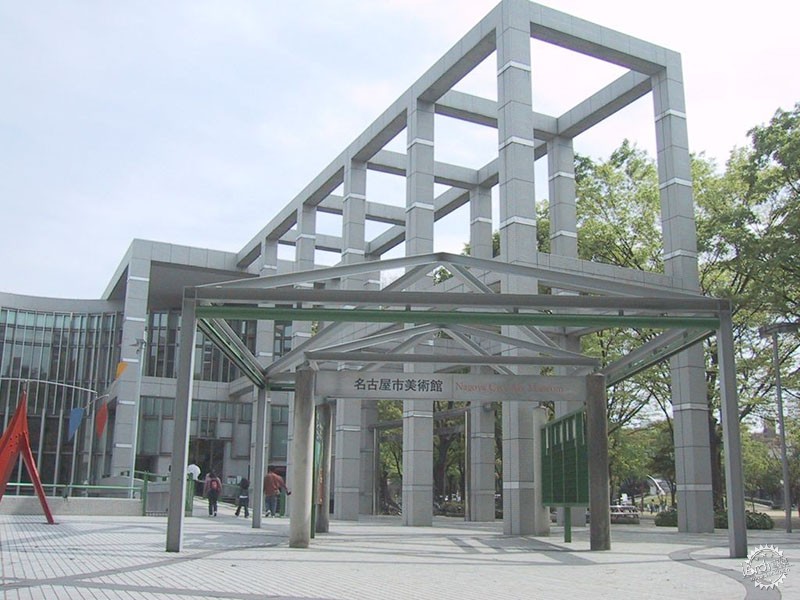
名古屋市美术馆/Nagoya City Art Museum. Image © Wikimedia user Chris 73 licensed under CC BY-SA 3.0
在1970年的大阪世博会成为黑川纪章深入探索这些理念的第一个机会,他设计了两个展览馆,分别是Takara Beautillion和东芝IHI馆。
然而,最能够表达新陈代谢组织以及黑川纪章思想的最完整的建筑实例是1972年的中银胶囊酒店大楼,这栋建筑是由预制的小型单元“胶囊”组成的,设计为在它生命周期期间要进行单元的添加或者替换。
The first opportunity to explore these ideas in depth as built forms came at the 1970 Osaka Expo, for which Kurokawa designed two pavilions, the Takara Beautillion and the Toshiba IHI pavilion.
However, perhaps the most complete built example of Kurokawa's design principles—indeed of the entire Metabolist movement—was the 1972 Nakagin Capsule Tower, a building made up of pre-fabricated micro-apartment "capsules" that were designed to be added and replaced as necessary during the building's lifespan.
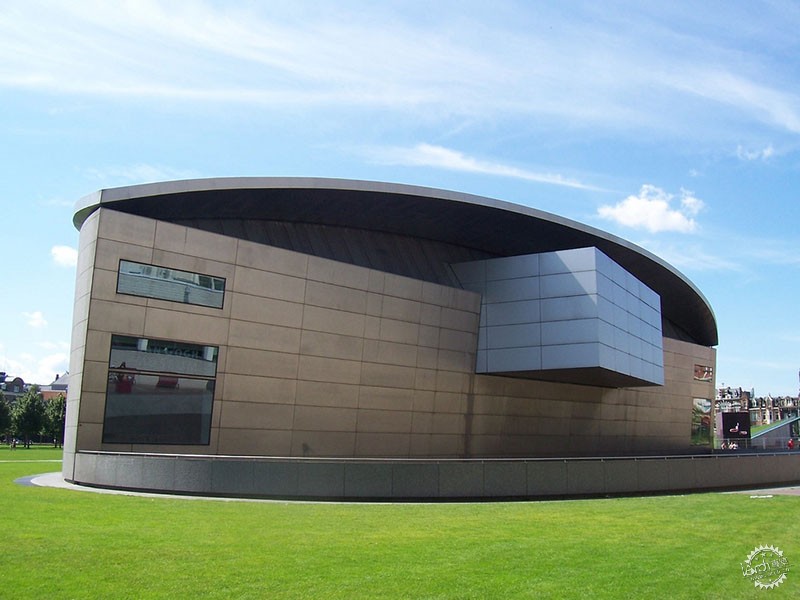
阿姆斯特丹梵高美术馆/Van Gogh Museum Exposition Wing, Amsterdam. Image © Flickr user kmaschke licensed under CC BY-SA 2.0
中银舱体大楼最近卷入了关于保存与否的争论,几乎没有可行的方案来替代原来设计的单元,这场争论也在论证如何将新陈代谢组织的理论很好地转换到现实世界中的资产和建设之中。
在20世纪70年代早期最初的新陈代谢组织解散后,新陈代谢组织的思想也被视为是20世纪60年代乌托邦思想的历史产物。
That the Nakagin Capsule Tower has recently been embroiled in a preservation debate, with few serious proposals to replace the units as the original design intended, demonstrates how well the theory of the Metabolists translated to the real world of property and construction.
After the original Metabolist group disbanded in the early 1970s, Metabolist ideals came to be seen as a historical product of utopian 1960s thinking.
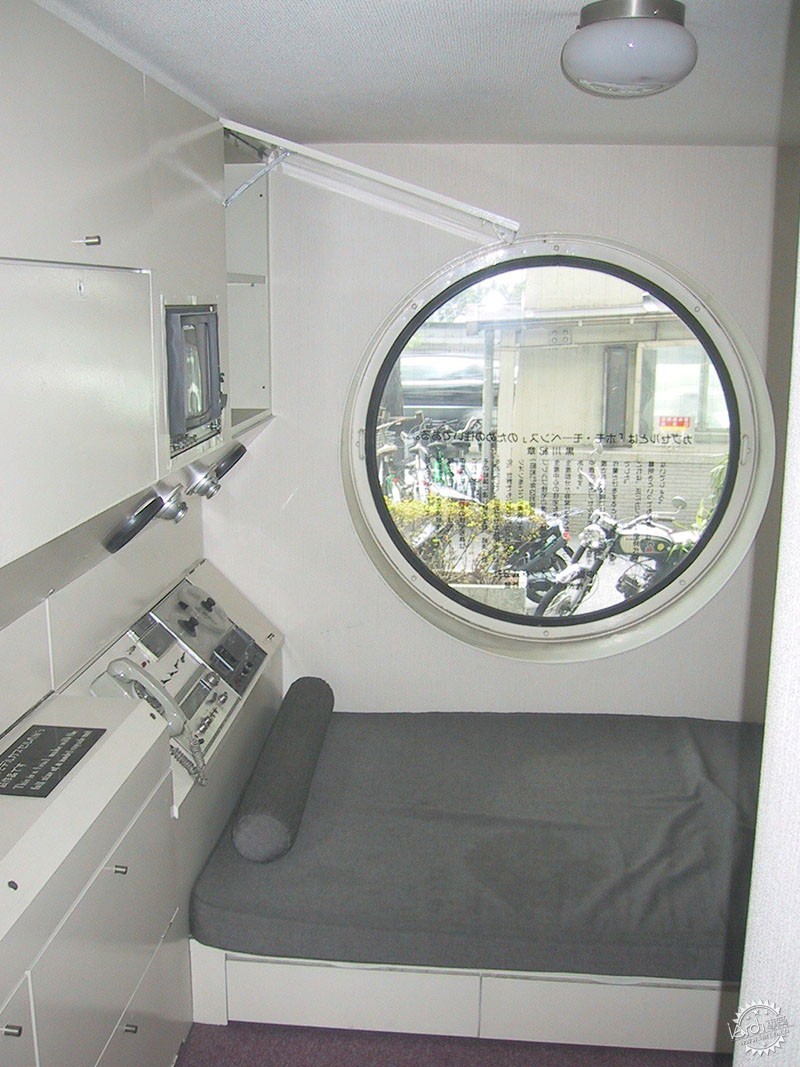
中银舱体大楼内部/Interior of the Nakagin Capsule Tower. Image © Wikimedia user Wiiii licensed under CC BY-SA 3.0
尽管如此,黑川纪章从来没有完全放弃他对于新陈代谢思想的投入,在他后期连续的创作设计中,让建筑的生命周期同自然体系相互适应的想法变成了一项他重要的倡导。
在2007年,他在阿纳海姆大学成立黑川纪章绿色研究所。同年,他前去竞选东京都知事,虽然他的竞选最终没有成功,这对于后边日本绿党的成立具有很大的帮助。
In spite of this, Kurokawa never fully abandoned his commitment to Metabolist thought, adapting the ideas of natural systems and the life cycle of buildings to become a significant advocate for sustainable design in his later years.
In 2007, he established the Kisho Kurokawa Green Institute at Anaheim University. Also in 2007, he ran to become governor of Tokyo, and although his bid was ultimately unsuccessful he was instrumental in establishing the Green Party in Japan.
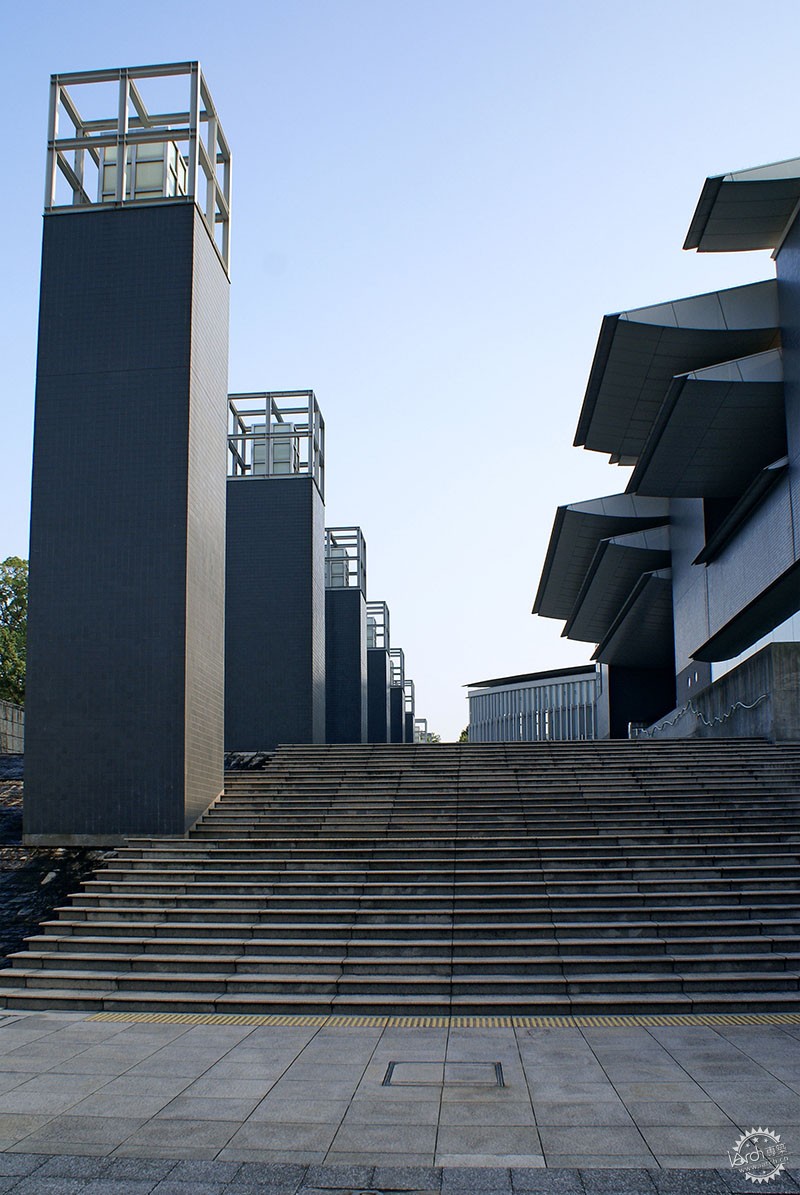
和歌山现代艺术博物馆/The Museum of Modern Art, Wakayama. Image © Wikimedia user 663highland licensed under CC BY-SA 3.0

东京中银舱体大楼/Nakagin Capsule Tower, Tokyo. Image © Wikimedia user Chris 73 licensed under CC BY-SA 3.0
出处:本文译自www.archdaily.com/,转载请注明出处。
|
|
